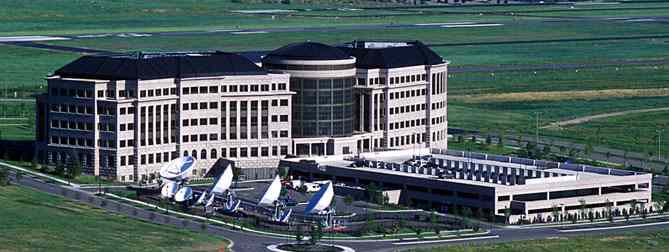DDN to Power Broadcast System Servicing for Pay TV Provider Starz
Doubling capacity while slashing hardware and operating costs
This is a Press Release edited by StorageNewsletter.com on September 25, 2013 at 1:25 pmStarz Entertainment, LLC, a provider of premium subscription video programming through its Starz and Encore pay TV networks, has implemented DataDirect Networks GRIDScaler parallel file system and NAS solution to power its business-critical broadcast system, laying the foundation for future programming content growth.
As a provider in delivering HD on demand and advanced online services, Starz looked to upgrade further to a massively scalable, high-density and powerful storage platform to ensure expedited and reliable delivery of more than 600TBs of digital media for the more than 1,000 movies and original series episodes it provides to its millions of subscribers each month.
DDN leveraged its density to help Starz nearly double its storage capacity, cut in half both its transcode and data center footprints including licensing and hardware costs, and add DR capabilities without adding additional administrative overhead.
Storage platform keeps pace
with data growth and digital media workflows
Faced with data growth and constant content creation, Starz was looking to further optimize its storage intensive video and audio workflows, as well as performance-sensitive encoding processes that require frame by frame translation from videotape to storage.
The company required a storage solution that would ensure consistent scalability across its environment. With original programming increasing in both quality and scale, Starz emphasized storage performance to deliver high quality encoding and transcoding for optimal uploading and playback of content.
As a broadcast storage solutions provider, DDN is positioned to support all of Starz’s increasing digital media workflow demands while elevating DR capabilities for the organization.
Colin McGuire, director of infrastructure services for Starz, said: “DDN GRIDScaler is incredibly dense, as we now support primary and DR storage in four racks, compared to the nine racks we had for our legacy system in Englewood alone. This lowers our storage TCO considerably and elevates energy and disk-performance efficiency.”
“Based on our experience, we would have needed at least two more storage administrators to manage that much additional storage capacity and a DR facility as well if we had selected another solution. DDN’s powerful storage solution has exceeded my expectations,” he concluded.














 Subscribe to our free daily newsletter
Subscribe to our free daily newsletter

